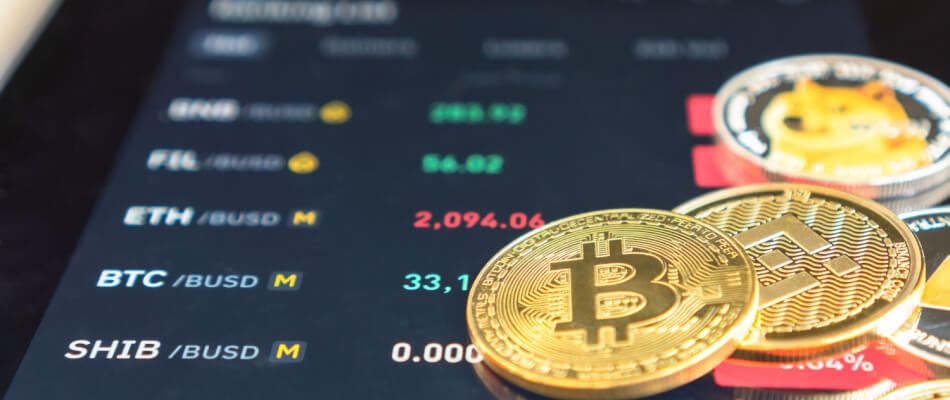Which cryptocurrency to choose?
No matter which cryptocurrency you choose, no coin offers a guaranteed profit or comes without risk. However, it is possible to reduce this risk and increase your chances of profit. You can do this by following a few specific steps when selecting the cryptocurrencies you want to have in your portfolio. These steps boil down to one important thing: do your research. Never blindly follow the crowd or rely on someone else’s research. History has often shown that this leads to losses. Choose the crypto coins that suit you best and that you have confidence in. See which cryptocurrencies there are here .
How to choose the right crypto coins
Follow these steps to make a well-informed choice:
1. Check out the website
First, take a look at the website of the cryptocurrency in question. Does this website look professional? How complete is the information? Are there links to social media? Is the site maintained with regular updates?
2. What is the USP?
What makes the cryptocoin unique? In other words, what is the unique selling point? How does the coin distinguish itself from other cryptocurrencies and what is its area of application?
3. Who are the founders?
Before you invest in something, you want to know who is behind the coin. For example, what is their experience in cryptocurrencies and what have they done in the past? What is the role of each team member? How big is the team and how active are they in the developments?
4. Roadmap en whitepaper
The roadmap (short and long term planning) and whitepaper (explanation of the idea behind the coin) are very important elements. Sometimes it is difficult to get through the technical jargon, but read the documents and make sure you understand what is written.
5. Community
Cryptocurrencies have a huge community. You will be part of this if you decide to invest. Read up on reddit and ask questions to the community. You can also check how big and active the community is.
6.Volume
When you know what you want to buy, you look at the volume of the coin. This can be done on Coinmarketcap, among other places. If the volume is very low, there are only a few investors. This creates a greater risk, because there is a big chance that the price will drop or rise very quickly.

When to get into cryptocurrencies
Once you have answered the above questions for yourself and have decided to invest in a coin you believe in based on the answers , you can start looking for an entry point. Unless you want to invest for the really long term, you don’t just do this quickly. You can view the graphs on the various exchanges and Coinmarketcap. Is the cryptocurrency already at a high? Then wait for a dip. The golden rule is: buy low, sell high. Don’t jump in blinded by emotion when the coin you had in mind rises sharply, but wait calmly for a dip. This way you reduce the risk of loss. If a coin is at a relatively low level but you are confident that the coin will rise in the long term, you can of course get in immediately.
Compare brokers and start investing in cryptocurrency
After reading this article about choosing a cryptocurrency, are you excited about investing in cryptos? Compare crypto brokers and find the broker that suits you best!